Rising Vehicle Production
The Automotive Belts and Hoses Market is experiencing a notable surge due to the increasing production of vehicles worldwide. As manufacturers ramp up output to meet consumer demand, the need for high-quality belts and hoses becomes paramount. In 2025, the automotive sector is projected to produce over 90 million vehicles, which directly correlates with the demand for essential components like belts and hoses. This growth is driven by factors such as urbanization, rising disposable incomes, and a growing preference for personal vehicles. Consequently, the Automotive Belts and Hoses Market is likely to benefit from this upward trend, as manufacturers seek reliable suppliers to ensure the longevity and performance of their vehicles.
Technological Innovations
The Automotive Belts and Hoses Market is being propelled forward by rapid technological innovations that enhance the performance and durability of these components. Advancements in materials science, such as the development of synthetic rubber and reinforced hoses, are enabling manufacturers to produce belts and hoses that withstand extreme conditions and last longer. Furthermore, the integration of smart technologies into automotive components is becoming increasingly prevalent. These innovations not only improve the efficiency of belts and hoses but also contribute to overall vehicle performance. As a result, the Automotive Belts and Hoses Market is likely to experience a shift towards more advanced and reliable products, catering to the evolving needs of consumers and manufacturers alike.
Growth of Aftermarket Services
The Automotive Belts and Hoses Market is witnessing a robust expansion in aftermarket services, which is becoming a crucial driver of market growth. As vehicles age, the demand for replacement parts, including belts and hoses, increases significantly. In 2025, the aftermarket segment is expected to account for a substantial share of the overall automotive market, with estimates suggesting it could reach over 400 billion dollars. This growth is attributed to the rising number of vehicles on the road and the increasing awareness among consumers regarding vehicle maintenance. Consequently, the Automotive Belts and Hoses Market is likely to see a surge in demand for high-quality replacement parts, as consumers prioritize reliability and performance.
Stringent Regulatory Standards
The Automotive Belts and Hoses Market is significantly influenced by the implementation of stringent regulatory standards aimed at enhancing vehicle safety and environmental performance. Governments across various regions are enforcing regulations that mandate the use of high-quality materials and components in vehicle manufacturing. For instance, regulations concerning emissions and safety have led to an increased focus on the durability and reliability of belts and hoses. As a result, manufacturers are compelled to invest in advanced materials and technologies to comply with these standards. This trend not only drives innovation within the Automotive Belts and Hoses Market but also ensures that consumers receive safer and more efficient vehicles.
Increasing Demand for Electric Vehicles
The Automotive Belts and Hoses Market is undergoing a transformation driven by the increasing demand for electric vehicles (EVs). As the automotive landscape shifts towards electrification, the requirements for belts and hoses are evolving. While traditional internal combustion engine vehicles rely heavily on these components, the rise of EVs presents both challenges and opportunities for the market. Manufacturers are exploring new materials and designs that cater specifically to the unique needs of electric drivetrains. This shift is expected to create a niche within the Automotive Belts and Hoses Market, as suppliers adapt to the changing landscape and develop products that meet the specifications of electric vehicles.


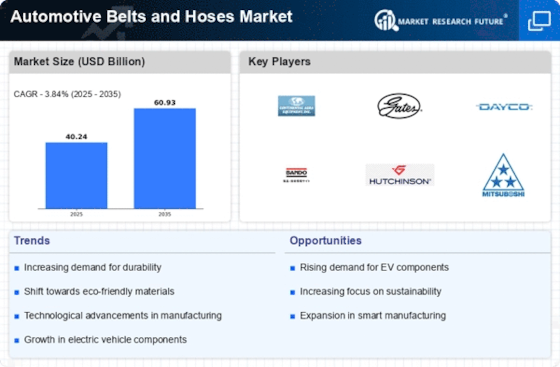
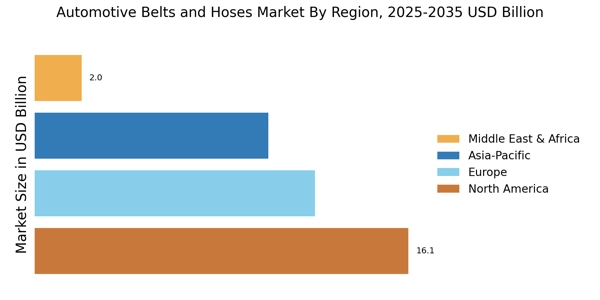
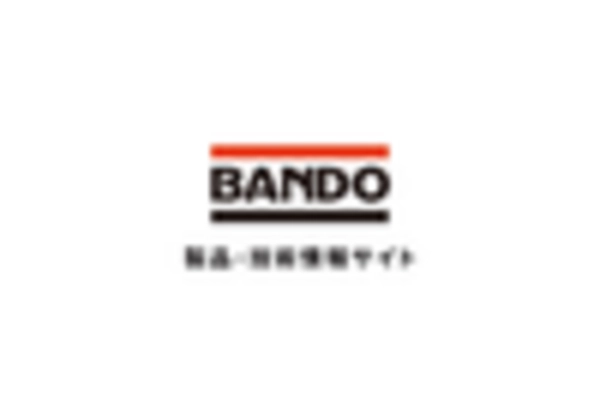

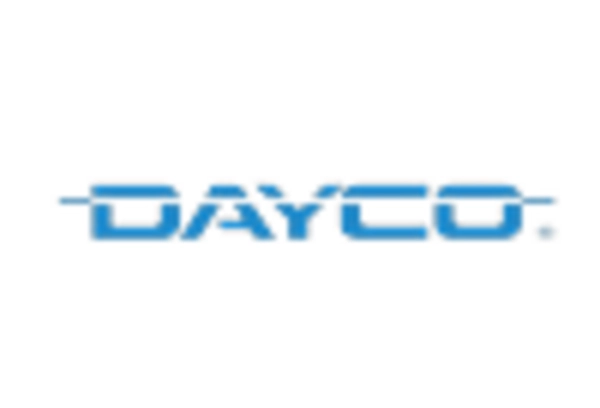
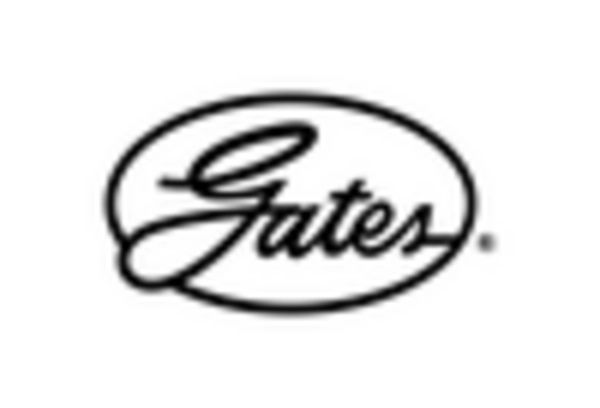
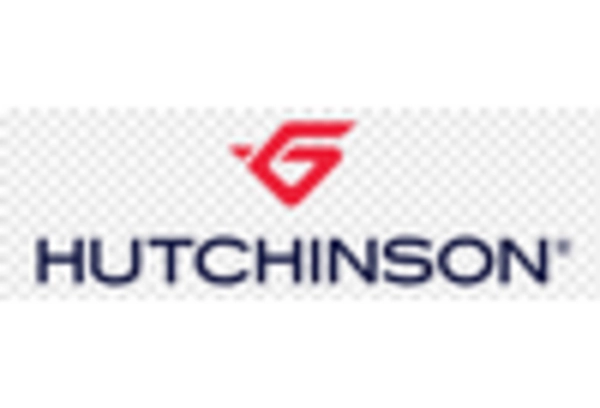
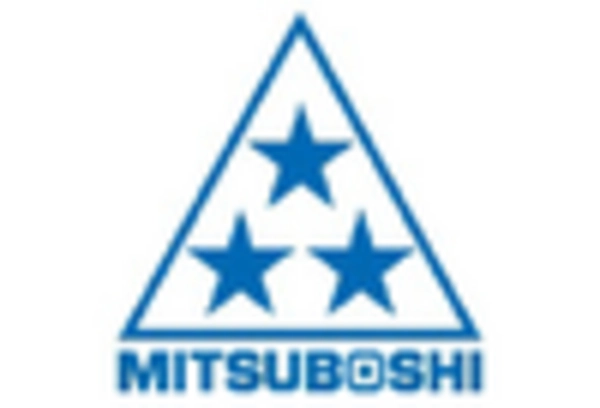








Leave a Comment